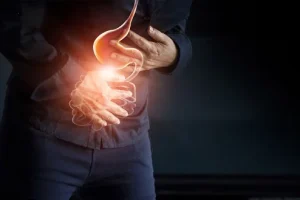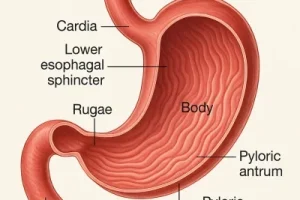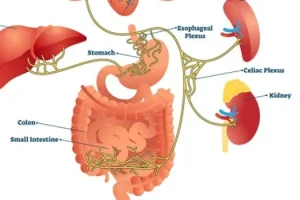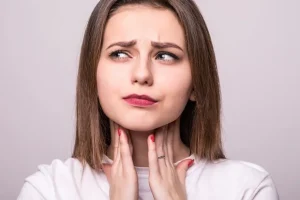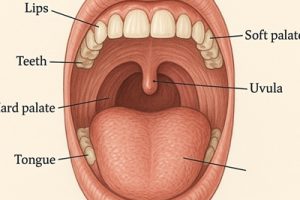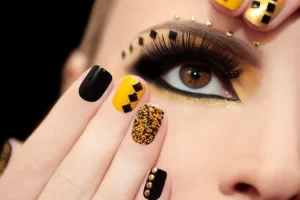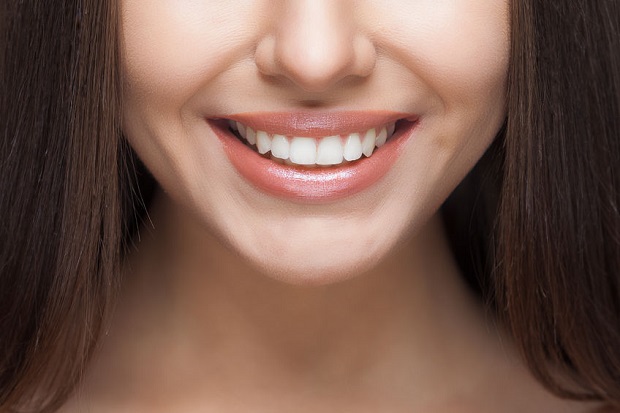Category: Anatomy
Why Do People Have Different Hair Colors? People have different hair colors because of genetics—the instructions inside your DNA that control how much melanin your hair follicles produce. Melanin …
What Causes Hair to Stand Up? Hair stands up because of tiny muscles called arrector pili muscles that pull on the hair follicles when you’re cold, scared, or feeling …
What Is the Rarest Hair Color? The rarest hair color is red with only 1-2% of the population being born with it. While brown, black, and blonde are common …
What Causes Gray Hair? Gray hair is something most people get as they get older—but why does it happen? The answer lies deep inside your hair follicles, and it’s …
What Is the Stomach Made Of? The stomach is composed of four distinct layers—mucosa, submucosa, muscularis externa, and serosa—each designed to serve a specific function in digestion. These layers …
What Are the Parts of the Stomach? The human stomach is divided into four main anatomical regions: the cardia, fundus, body, and pylorus. Each of these parts plays a …
What Is the Stomach’s Capacity? The average human stomach has a resting capacity of about 50 milliliters (mL) when empty, but it can expand to hold up to 1–1.5 …
How Does the Stomach Connect to Other Organs? The stomach connects to several key digestive and supportive organs through muscular valves, ducts, blood vessels, and structural membranes. It links …
What Is the Function of the Stomach? The primary function of the stomach is to break down food through mechanical churning and chemical digestion, transforming it into a semi-liquid …
How Do the Taste Buds Work? Taste buds are the specialized sensory organs responsible for detecting the flavors in the food and drinks we consume. These microscopic structures, located …
What Is the Function of the Tongue? The tongue is a muscular organ in the mouth that performs a remarkable array of functions—from facilitating speech and chewing to tasting …
What Are the Tonsils? Tonsils are small masses of lymphoid tissue located in the throat, serving as one of the body’s first lines of immune defense. While commonly associated …
How Do Fingernails Differ from Toenails? Though fingernails and toenails may appear similar at a glance—both being made of keratin and emerging from the tips of digits—they differ significantly …
What Is the Function of Fingernails? Fingernails are often seen as simple extensions of our fingers—handy for scratching or grooming—but their function goes far beyond surface-level utility. Rooted in …
How Are Fingernails Attached to the Body? Fingernails appear to simply rest atop our fingers, but anatomically, they are tightly integrated with a complex system of tissues that anchor, …
What Does the Uvula Do? The uvula—the small, fleshy projection hanging at the back of your throat—is more than just a visual curiosity. Formally known as the palatine uvula, …
Fingernails may seem static, but they are dynamic structures continuously growing through a finely tuned biological process. The source of this growth is the nail matrix, a specialized tissue …
What Are Fingernails Made Of? Fingernails are something most people take for granted—until they chip, crack, or break. But beneath their glossy exterior lies a fascinating biological structure. So, …
How Many Teeth Do Humans Have? Humans have two sets of teeth: the primary (deciduous) teeth and the permanent teeth. If all teeth form correctly, twenty primary teeth and …
Are Glasses and Contact Prescriptions the Same? Glasses and contact prescriptions are not the same. Here’s why: Jump Ahead Contact Lens Prescriptions versus Eyeglass Prescriptions Both prescriptions will include …




